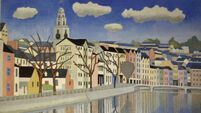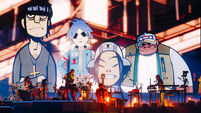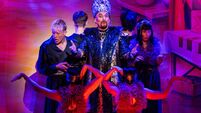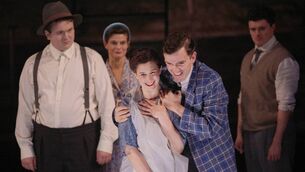Séamus Murphy: Dog trough to De Valera - 10 of the Cork sculptor's greatest works
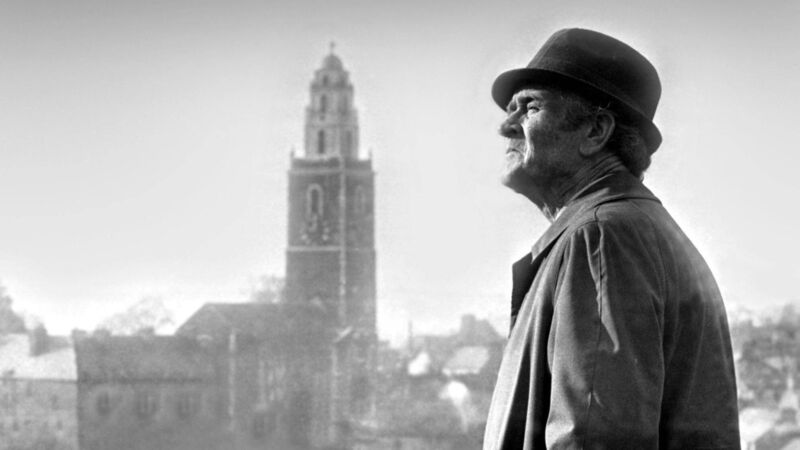
Cork sculptor Seamus Murphy passed away in October 1975.
Séamus Murphy, one of Ireland’s best-loved artists, died aged 68 in October 1975. Earlier this year, the fiftieth anniversary of his passing was marked by Cork City Library’s naming of his memoir as its One City One Book selection for 2025.
Murphy was one of a family of four born to James and Margaret Murphy of Mallow, Co Cork. He had a twin brother, John, and two younger siblings, Michael and Bartholomew.

